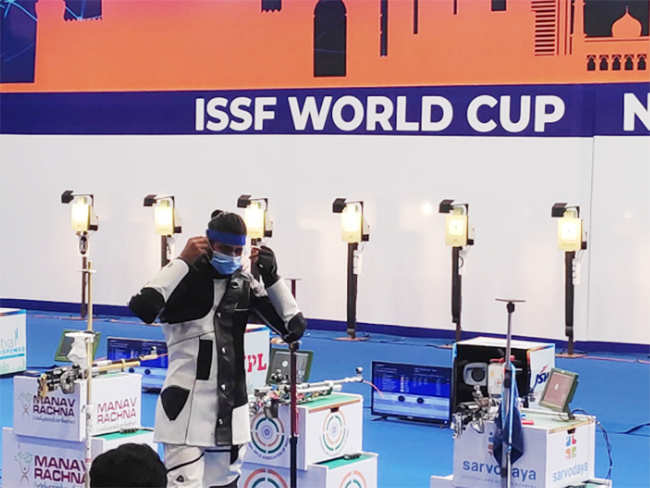NEW DELHI: A rising trajectory of daily new cases is visible in eight states and UTs, including Delhi and Maharashtra, while Kerala is showing a declining trend, the
health ministry said on Saturday.
The ministry said Maharashtra, Kerala and
Punjab cumulatively account for 76.22 per cent of India’s total active caseload, with Maharashtra contributing to 62 per cent of such cases, while Kerala and Punjab account for 8.83 per cent and 5.36 per cent of active cases respectively.
The top five districts in Maharashtra recording the highest number of cases are Pune (37,384), Nagpur (25,861), Mumbai (18,850), Thane (16,735) and Nashik (11,867).
The top five districts in Kerala recording the highest number of cases are Ernakulam (2,673), Pathanamthitta (2,482), Kannur (2,263), Palakkad (2,147) and Thrissur (2,065).
The top five districts in Punjab recording the highest number of cases are Jalandhar (2,131), SAS Nagar (1,868), Patiala (1,685), Ludhiana (1,643) and Hoshiarpur (1,572).
“A rising trajectory of daily new cases is visible in eight states. These are Maharashtra,
Tamil Nadu, Punjab, Madhya Pradesh, Delhi, Gujarat, Karnataka and Haryana. Kerala is showing a consistently declining trend,” the ministry said in a statement.
The ministry further said that five states account for 81.38 per cent of the new deaths. Maharashtra saw the maximum casualties at 70, Punjab followed with 38 daily deaths and Kerala reported 17 deaths in the last 24 hours.
Meanwhile, fifteen states and UTs have not reported any COVID-19 deaths in the last 24 hours. These are Assam, Uttarakhand,
Odisha,
Puducherry, Lakshadweep, Sikkim, Ladakh, Manipur, Dadra and Nagar Haveli and Daman and Diu, Meghalaya,
Mizoram, Nagaland, Tripura, Andaman and Nicobar Islands and Arunachal Pradesh.
The ministry further said India has scaled a significant peak in its battle against COVID-19 pandemic. The total vaccination coverage has surpassed 4 crore.
“About 4,20,63,392 vaccine doses have been administered through 6,86,469 sessions, as per the provisional report till 7 am today. These include 77,06,839 healthcare workers (HCWs) (first dose), 48,04,285 HCWs (second dose), 79,57,606 frontline workers (FLWs) (first dose) and 24,17,077 FLWs (second dose), 32,23,612 beneficiaries aged more than 45 years with specific co-morbidities (first dose) and 1,59,53,973 beneficiaries aged more than 60 years,” it said.
As on day 63 of the vaccination drive (March 19), 27,23,575 vaccine doses were given. Eighty per cent of the 27.23 lakh vaccine doses administered in the last 24 hours are from 10 states.
Of the total, 24,15,800 beneficiaries were vaccinated across 38,989 sessions for first dose (HCWs and FLWs) and 3,07,775 HCWs and FLWs received second dose of vaccine.
The ministry said eight states account for 60 per cent of the cumulative vaccine doses given so far. They are Kerala, Karnataka, Odisha,
Bihar, Madhya Pradesh, West Bengal, Maharashtra, Gujarat, Rajasthan and Uttar Pradesh.




